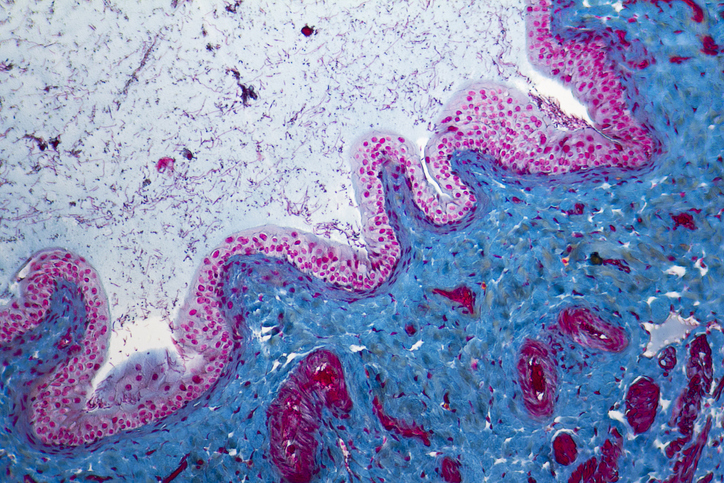
Rheumatoid arthritis (RA) patients with either a low or high body mass index (BMI) are more likely than normal weight RA patients to discontinue treatment with tumor necrosis factor inhibitors (TNFis), according to a study.
“Since adipose tissue is known to release mediators of inflammation, obese patients may have increased levels of inflammatory cytokines such as tumour necrosis factor α (TNFα), interleukin (IL)-1, IL-6 and MCP-1, which might lead to higher levels of inflammation independently of RA disease activity. It has been hypothesised that this may lead to a more therapy-resistant state,” the authors explained.
Data were collected on patients enrolled in the METEOR registry. Eligible patients were adults with RA starting their first TNFi with available weight data who had at least one visit with an available composite disease activity measure (disease activity score 28 [DAS28], Simplified Disease Activity Index [SDAI], Clinical Disease Activity Index [CDAI], or Routine Assessment of Patient Index Data 3), at least three months of follow-up, and start and end dates for medication. Patients were stratified into six groups: underweight (BMI <18.5 kg/m2; 3.7%), normal weight (BMI 18.5-25 kg/m2; 46%), pre-obesity (BMI 25-30 kg/m2; 32%), obesity class I (BMI 30-35 kg/m2; 13%), obesity class II (BMI 35-40 kg/m2; 3.4%), and obesity class III (BMI <40 kg/m2; 1.6%). Comparisons were made for time on treatment for all TNFi combined and infliximab, adalimumab, and etanercept separately.
Final analysis included 5,230 RA patients. TNFi survival, when compared to that of normal weight patients, was significantly shorter among patients in obesity class II (hazard ratio [HR]=1.28; 95% confidence interval [CI], 1.06 to 1.54), obesity class III (HR=1.67; 95% CI, 1.29 to 2.18), and the underweight group (HR=1.30; 95% CI, 1.07 to 1.58). Among the underweight group, the most significant effect was observed for patients on infliximab (HR=1.82; 95% CI, 1.20 to 2.76). In overweight patients, the most significant effect was noticed for patients taking infliximab (obesity class II: HR=1.49; 95% CI, 0.98 to 2.26; obesity class III: HR=1.46; 95% CI, 0.79 to 2.71) and etanercept (obesity class II: HR=1.27; 95% CI, 0.98 to 1.65; obesity class III: HR=1.79; 95% CI, 1.25 to 2.55).
The study was published in Rheumatic & Musculoskeletal Diseases Open.
The researchers wrote in their conclusion, “When independently assessing these effects for infliximab, adalimumab and etanercept, the effect in underweight patients was mainly observed for infliximab and during the first year of follow-up also for adalimumab, whereas the effect in obese patients was mainly observed for infliximab and etanercept. What determines these associations remains unclear, and whether interventions to stimulate weight loss for instance could lead to a better treatment response to TNFi in obese patients, as has been previously shown in psoriatic arthritis patients, remains to be elucidated.”







 © 2025 Mashup Media, LLC, a Formedics Property. All Rights Reserved.
© 2025 Mashup Media, LLC, a Formedics Property. All Rights Reserved.